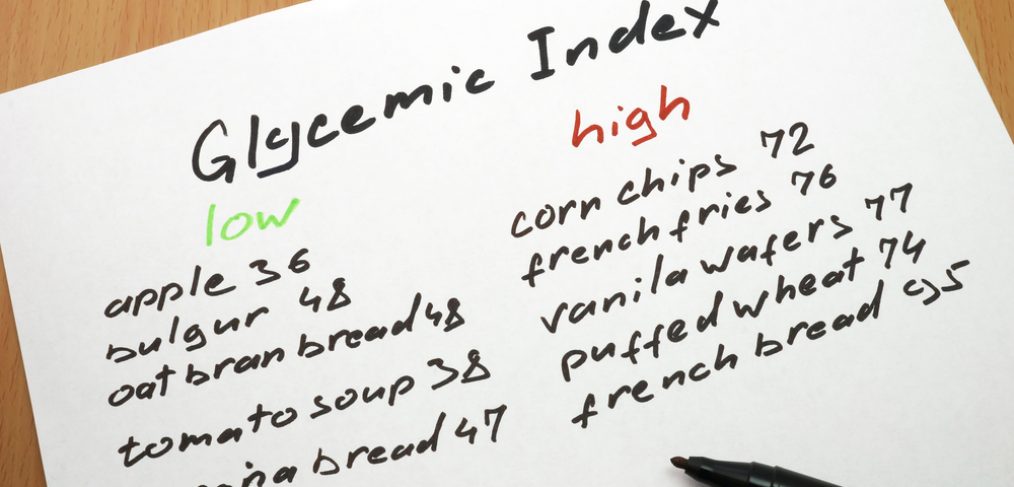Picture for a moment a world without a gender gap. Though it may seem an impossibility, women have continuously proved throughout history that campaigning for equality is not only necessary, but effective. Women have made impressive strides towards equality in our world, though there is still a long way to go. Just two weeks ago Satya Nadella, CEO of the Microsoft Corporation, spoke to women at a technology conference. His message to these brilliant and hardworking women was that they ought not ask for raises, and rather let a raise come to them if they deserve it. According to the website Global InvestHER, women currently comprise 24 to 29% of the tech sector workforce. Clearly, there is much more campaigning and awareness raising that we must do.
The comment made by Nadella received immediate backlash, causing him to publicly retract his statement. The problem is that his words have not been forgotten and they echo the sentiments of many men who are leading corporations and businesses. One of the most discussed gender equality issues is that of the salaries women are offered. The National Women’s Law Center states that “American women who work full-time, year-round are paid only 78 cents for every dollar paid to their male counterparts – which means it’s important to keep pushing for new legislation that would make the workplace fair for women.”
It’s not all about money, women’s accomplishments are often slighted by focusing on more feminine details. Every award season, host after host of red carpet fashion shows ask women what designer they are wearing and from whom did they borrow their fabulous jewelry. The male attendees are asked about the projects they have been working on, how they felt about roles they have taken on and then are subsequently praised for their contribution to the industry, rather than being told that they look pretty. This year, Reese Witherspoon along with a host of female and male supporters, launched a campaign at the Oscars titled “Ask Her More.” The campaign was intended to point out the treatment of men versus women, and to encourage reporters to ask questions that matter.
The promising news is that there are a many organizations, both in the United States and internationally, that focus on the rights of women and the closing of the gender gap. The National Organization for Women (NOW) was founded in 1966 after measures such as the Equal Employment Opportunity Commission and the Civil Rights Act of 1964 failed to protect women against discrimination and unequal wages. The United Nations Entity for Gender Equality and the Empowerment of Women, commonly referred to as UN Women, became operational in 2011 in order to help empower women on a global scale and to hold the United Nations system accountable for its commitments to gender equality.
Women campaigning for equality is a huge part of our history, and remains a part of our present. A recent campaign, HeForShe, urges men to stand in solidarity with women on the issue of gender equality. The HeForShe mission is beautifully stated saying that the campaign “brings together one half of humanity in support of the other half of humanity, for the benefit of all.” The campaign to end the gender gap has been taken up by not only women, but all people. With constant diligence and tenacity, perhaps we can stop the gender gap from being a part of our future.




